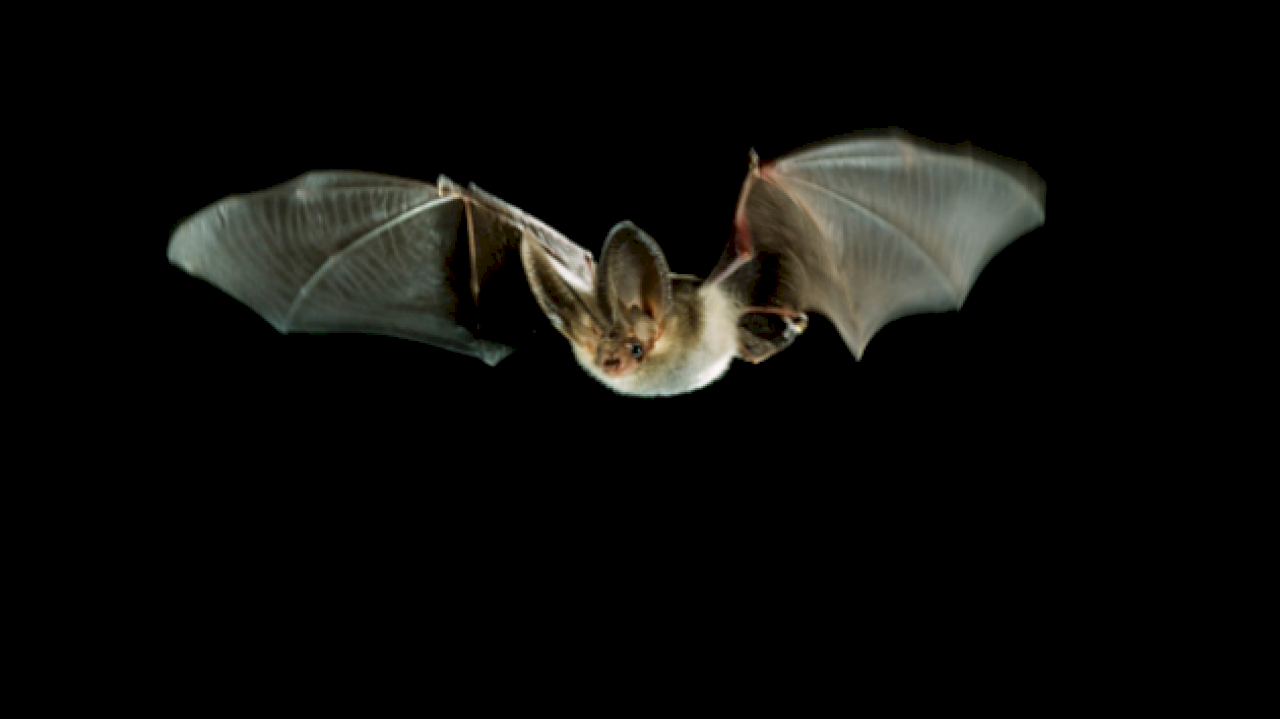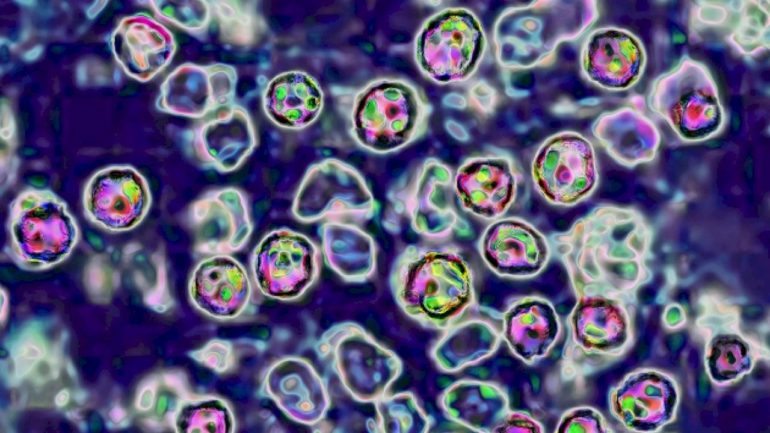Listeners:
Top listeners:
-
 play_arrow
play_arrow
94.3 Rev-FM The Rock of Texas | Where Texas Rocks
-
 play_arrow
play_arrow
99.1 The Buck Texas Country's Number 1 Country
-
 play_arrow
play_arrow
103.7 MikeFM Your Texas Hill Country Mix Tape
-
 play_arrow
play_arrow
KERV 1230 AM
-
 play_arrow
play_arrow
JAM Sports 1 JAM Broadcasting Sports 1
-
 play_arrow
play_arrow
JAM Sports 2 JAM Broadcasting Sports 2
New coronavirus found in bats is not currently ‘concern to public health’: CDC

(WASHINGTON) — The Centers for Disease Control and Prevention (CDC) said on Monday that the new coronavirus found in bats is currently not a cause for concern.
There is no reason to believe the virus poses a threat to public health at the moment and no infections have been detected in humans, according to the federal health agency.
“CDC is aware of a publication about a new bat coronavirus, but there is no reason to believe it currently poses a concern to public health,” the agency said in a statement. “The publication referenced demonstrates that the bat virus can use a human protein to enter cells in the laboratory, but they have not detected infections in humans.”
Chinese researchers, including from the Wuhan Institute of Virology and Guangzhou Medical University, published a paper in the journal Cell on Friday indicating they had discovered a new bat coronavirus that could have the potential to infect humans.
The newer coronavirus is known as HKU5-CoV-2 and is a type of merbecovirus, which is the same family of another coronavirus known to infect humans called Middle East Respiratory Syndrome (MERS).
In a lab study, the new coronavirus was found to have the potential to enter cells through the ACE2 receptor, a protein found on the cells’ surface.
This is the same way the virus that causes COVID-19 infects people, which theoretically means the new coronavirus could pose a risk to spilling over into humans.
The spike protein of the new coronavirus infected human cells that had high levels of the ACE2 receptor in test tubes, as well as in small models of human airways and intestines.
The researchers found that the virus did not enter human cells as readily as the virus that causes COVID-19 — which is called SARS-CoV-2 — writing that the “risk of emergence in human populations should not be exaggerated.”
None of the animal studies that were conducted examined the virus’s ability to cause disease or its transmissibility.
If the virus were to infect humans, the researchers suggested antiviral drugs and monoclonal antibodies — laboratory-produced proteins that mimic the antibodies the body naturally creates when fighting a virus — could be effective.
There are hundreds of coronaviruses circulating in nature. Only a few can infect humans, causing illnesses ranging from mild respiratory tract infections to more severe conditions such as bronchitis or pneumonia.
Coronaviruses include some variations of the common cold, the virus that causes MERS, severe acute respiratory syndrome (SARS) and the virus that causes COVID-19.
The researchers wrote that “bats harbor the highest proportion of genetically diverse coronaviruses,” posing a risk of spilling over into humans.
Copyright © 2025, ABC Audio. All rights reserved.
Written by: ABC News
-
Top popular

Ingram man charged with murder after fatal shooting

Kerr Crime Stoppers offering reward up to $5,000 for information in last week’s non-viable school threat

KISD asks parents to communicate with children about words and actions after ‘copy cat’ threat note found at middle school

City of Kerrville Parks and Recreation reminds citizens that a Red Flag Warning is in effect until further notice

City of Kerrville says that May 7 General and Special Elections will proceed



